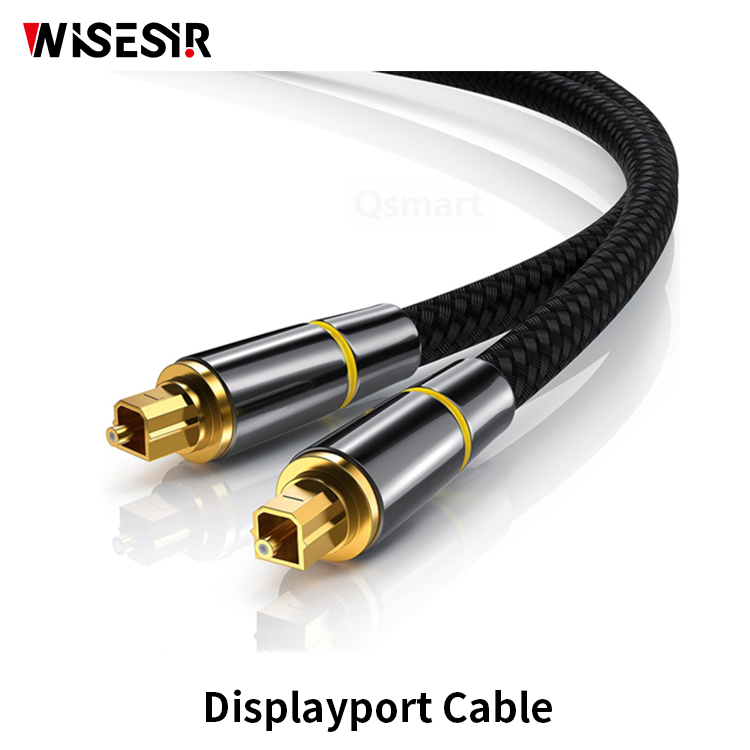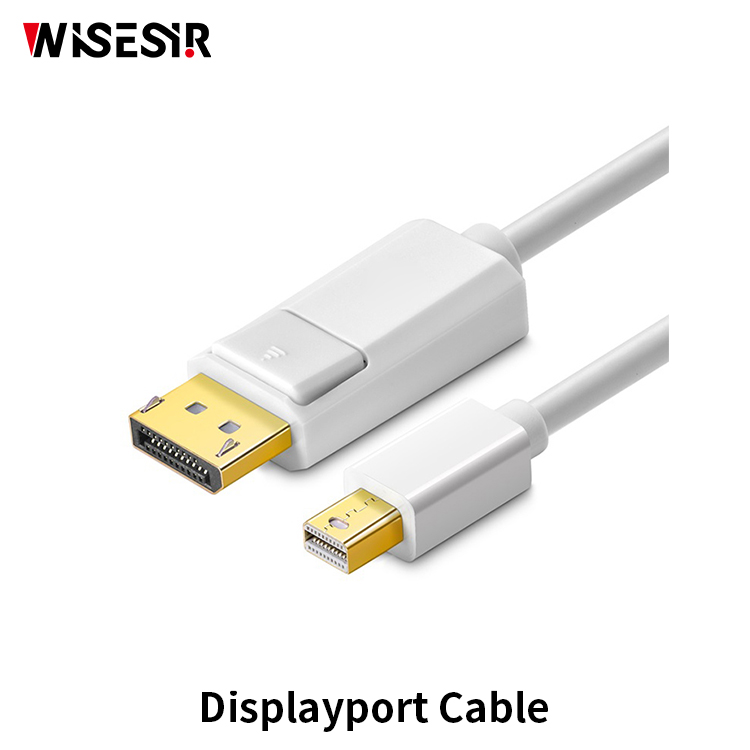Service robot deeply develops industrial chain and gradually differentiates
The concept of the machine-to-human relationship and the evolution of robots stem from the fact that, throughout technological development, human functions have been gradually replaced or augmented by machines. In the course of industrialization, the hand was the first to be replaced, as mechanical tools emerged to extend and enhance human physical capabilities. This marked the beginning of a long journey in which machines began to mimic and even surpass human abilities.
With the advancement of technology, other human senses such as vision, hearing, and touch were also replicated through innovations like machine vision, audio recognition, and tactile sensors. These developments significantly boosted productivity and reshaped industries. The transition from simple tools to more complex autonomous systems was a natural progression, driven by the need for efficiency and precision.
The invention of automatic guided vehicles (AGVs) marked a significant milestone, allowing machines to move independently within defined spaces. Scientists and engineers began referring to these mobile machines as "robots," and this led to the creation of industrial robots. In 1959, Unimation developed the first true robotic arm, and by 1961, it was deployed on an assembly line at General Motors, signaling the dawn of modern robotics.
The leap from basic machines to intelligent robots became possible with the emergence of deep learning in 2006. This breakthrough in artificial intelligence dramatically improved image and speech recognition, paving the way for the third wave of AI development. As a result, intelligent service robots began to emerge, capable of interacting with humans in various settings.
Today, several well-known service robots are making headlines. Robots like Pepper, Sophia, and others from companies like Xinsong, Qihan, and Cloud Trace are frequently featured in news about robotics. Pepper, for instance, is a humanoid robot designed to recognize emotions, understand speech, and interact naturally with people. It can detect smiles, frowns, and voice tones, identifying basic emotions such as joy, sadness, anger, and surprise.
Sophia, developed by Hanson Robotics, stands out for its lifelike facial expressions and ability to engage in meaningful conversations. She has even been granted citizenship, highlighting the growing integration of robots into society. While Sophia excels in expression and interaction, Pepper's mobility and battery life give it an edge in practical applications.
Service robots are now widely used in public spaces like hotels, banks, and airports. They assist with tasks such as guiding guests, answering questions, and providing customer service. For example, Cloud Trace’s “Run†robot is designed for hotel use, offering delivery, navigation, and information services. It can communicate with guests, navigate autonomously, and even connect with elevators.
In the service robot industry, companies often specialize in specific modules rather than developing all features themselves. Some focus on emotional recognition, while others excel in visual perception, voice processing, or mobility. This specialization leads to a fragmented but efficient industrial chain, where different players contribute their expertise.
Looking ahead, the service robot industry may not rely on a single company to handle all aspects. Instead, it will likely involve a network of specialized providers, including those focused on power management, autonomous navigation, operating systems, and more. Collaborations like Softbank’s partnership with Foxconn for Pepper’s production illustrate this trend.
As the industry matures, companies that deeply understand their niche areas will gain a competitive advantage. With the potential for widespread adoption of service robots, the future looks promising for those who can adapt and innovate within this evolving ecosystem.
Displayport Cable
In the simplest terms, DisplayPort cables are designed to provide both audio and video signals via a single cable. They are used to connect displays or monitors to a source device such as a PC or laptop and transmit the outputted audio and video data to the display.


displayport to hdmi cable,Mini Displayport to Displayport,Patch Core Cable,Hdmi to Displayport Cable
Pogo Technology International Ltd , https://www.wisesir.net